Film is the manual gearbox of car photography
Do you love motorsports as much as we do? Sign up for the Hagerty On Track newsletter.
Anyone who was around for film’s heyday could write a thesis on how digital photography makes the picture-taking process easier. Film is expensive, you’re limited to 36 frames per roll (at most), you can’t instantly view your images, and you have to mess around with caustic chemicals.
As a motorsports photographer, you’d have to be especially crazy use this analog process given all of its limitations.
That said, I still like to bring film to the track.
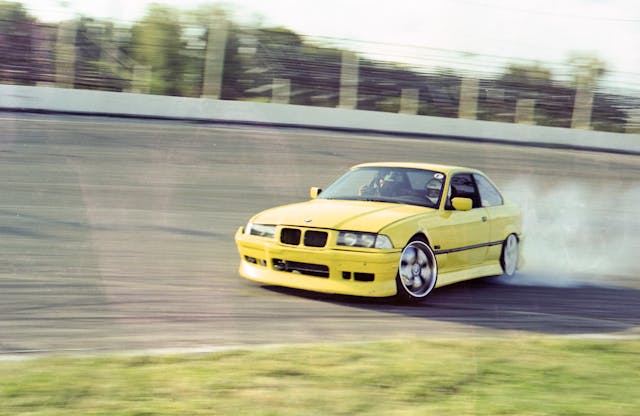
I did end up buying a digital camera after a year of exclusively using film for motorsports shooting. But there remains something satisfying about the challenge and the tactile, analog experience of the latter. When you nail focus on a panning shot with film it feels like more of an achievement; on a digital camera, it’s pure machine-gun-style burst.
I’ve been dabbling in film photography for the last four years or so. I took the film plunge because I liked the look of the images and I saw it as a cheap way to get into serious photography. At the time, old camera bodies were inexpensive and consumer film was around $5 a roll. I developed my own stuff to save on cash, and I came to love the whole process.
I learned a lot on my film journey, and my path is littered with plenty of unusable frames. That’ll happen. To help minimize the growing pains, should you ever take the plunge into film, I developed (pardon the pun) this list of tips, tricks, and lessons learned while shooting film.
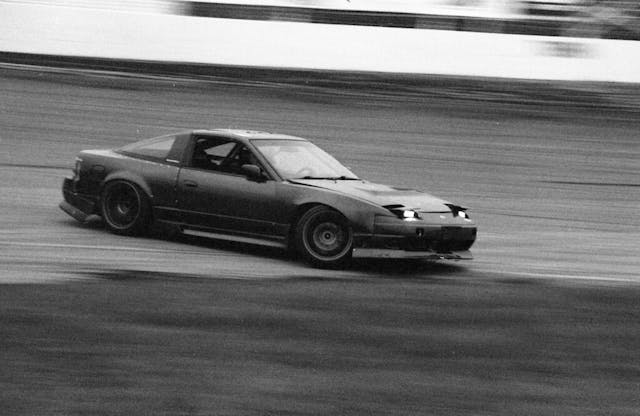
Any camera will work, but some will work better
We’re still close enough to an era when birthday parties and vacations were captured on film. You or a family member probably have an old film camera lying around the house somewhere. Dust it off, check to see if it still works, pop in some film (more on this later), and you’re good to go.
If you don’t have a film camera, eBay, thrift stores, antique markets, and camera shops will have a dizzying array of options to choose from. However, some cameras are more practical for capturing on-track action than others.
That point-and-shoot camera that documented every family gathering with won’t be good at capturing motion. Most cameras of this genre use auto settings, so you won’t be able to adjust your camera to best capture the action on track. On the other end of the spectrum, a big 8×10 field camera takes a lot of time to set up and you only get one shot per sheet of film. Also, keep in mind that some formats like 127 film aren’t made anymore. Steer clear of cameras that use discontinued film formats.
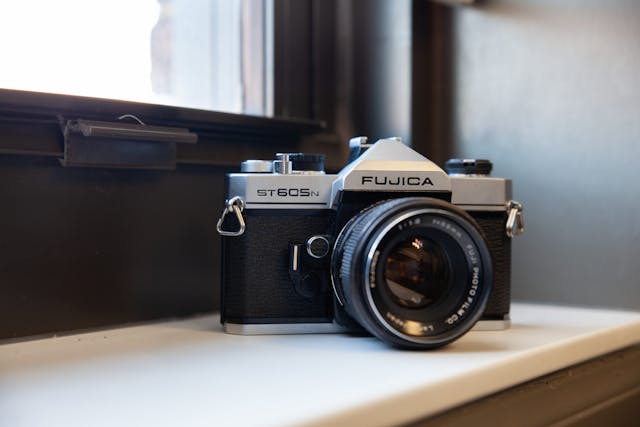
A single lens reflex (SLR) camera that takes 35mm film is a good place to start. I personally like these bodies for beginning at the track:
- Pentax K1000
- Canon AE1
- Nikon FE
- Minolta XG-M
- Fujica ST605
- Olympus OM-1.
Because of its mirror and prism system, a SLR camera allows the photographer to view through the lens and see exactly what will be captured. Towards the tail end of the film era, manufacturers started to include autofocus systems on their SLRs. If you already have a Nikon or Canon digital camera, there’s a good chance that there’s an autofocus film camera that will work with your existing lenses. Cha-ching! However, if you want the manual-everything experience, an autofocus camera won’t be for you.

Lenses are plentiful (and affordable!)
If you buy a vintage SLR camera, it’ll probably come with a decent 50mm lens. A 50mm is great for walking around the paddock because the lens has a similar field of view compared to the human eye. Back in the day, they called it the “Nifty 50” because it was the weapon-of-choice for so many photojournalists. If you want something longer, with more reach, name-brand 135mm lenses from Pentax, Canon, and Nikon are generally inexpensive, readily available, and good quality. I’d stick with primes (fixed focal length), as zoom lenses of the era don’t have great image quality.
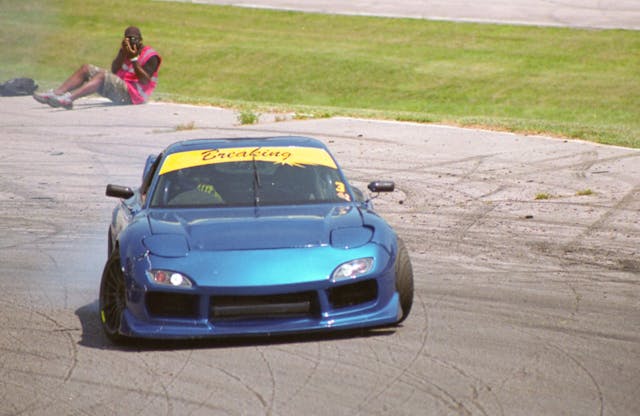
Don’t sweat the technique
The technique for motorsports photography on film is inherently similar to that of a digital camera: Use a high shutter speed to freeze the action. Drop the shutter speed down and move with the subject to get motion blur. If you’re using a manual focus lens, it’s helpful to set your focus where the subject is going to be ahead of time. Even if you are using a film-era autofocus body, you still probably want to employ this prefocus tactic. Old autofocus systems, as we’ve said, aren’t the most reliable.

Slowing down improves skills
Due to the limited amount of frames and high cost of film, you should slow down and really think about your shots. Film photography has definitely improved my composition skills and understanding of how my settings influence the photo. These skills transferred to my digital photography.
Stick with cheap film starting out
You’re probably going to want to stick with a more affordable film stock if you’re new to focusing manually. Most of my film rolls were out of focus when I was a beginner. Professional stuff, like Kodak’s Portra or Ektachrome, looks great but when you’re spending upwards of $15 a roll, it stings when you get back a bum roll from the developer. I like black-and-white film because it looks cool and it’s cheap and easy to develop at home.

Also, if you find a good deal on film, snap it up. These days, film prices seem to fluctuate like cryptocurrency, so it’s worthwhile to have a stockpile. Film does expire because the silver halides and color dyes in the film’s emulsion degrade and lose their sensitivity over time. However, the degradation can be slowed almost indefinitely by storing your film in a freezer. That said, don’t shy away from expired film if you can find it cheap. Black-and-white film in particular holds up remarkably, well past its expiration date.
A lot of my shots on film were blurry when I was starting out. And honestly, many are still blurry. Film not the most convenient method to take a photo, but I enjoy the challenge. Like listening to vinyl, fly fishing, or shifting your own gears with a manual box, it’s the process that’s more important than the result.
Scroll through some of my favorite frames and share your favorite film experience in the comments below:
***
Check out the Hagerty Media homepage so you don’t miss a single story, or better yet, bookmark it. To get our best stories delivered right to your inbox, subscribe to our newsletters.
Via Imola


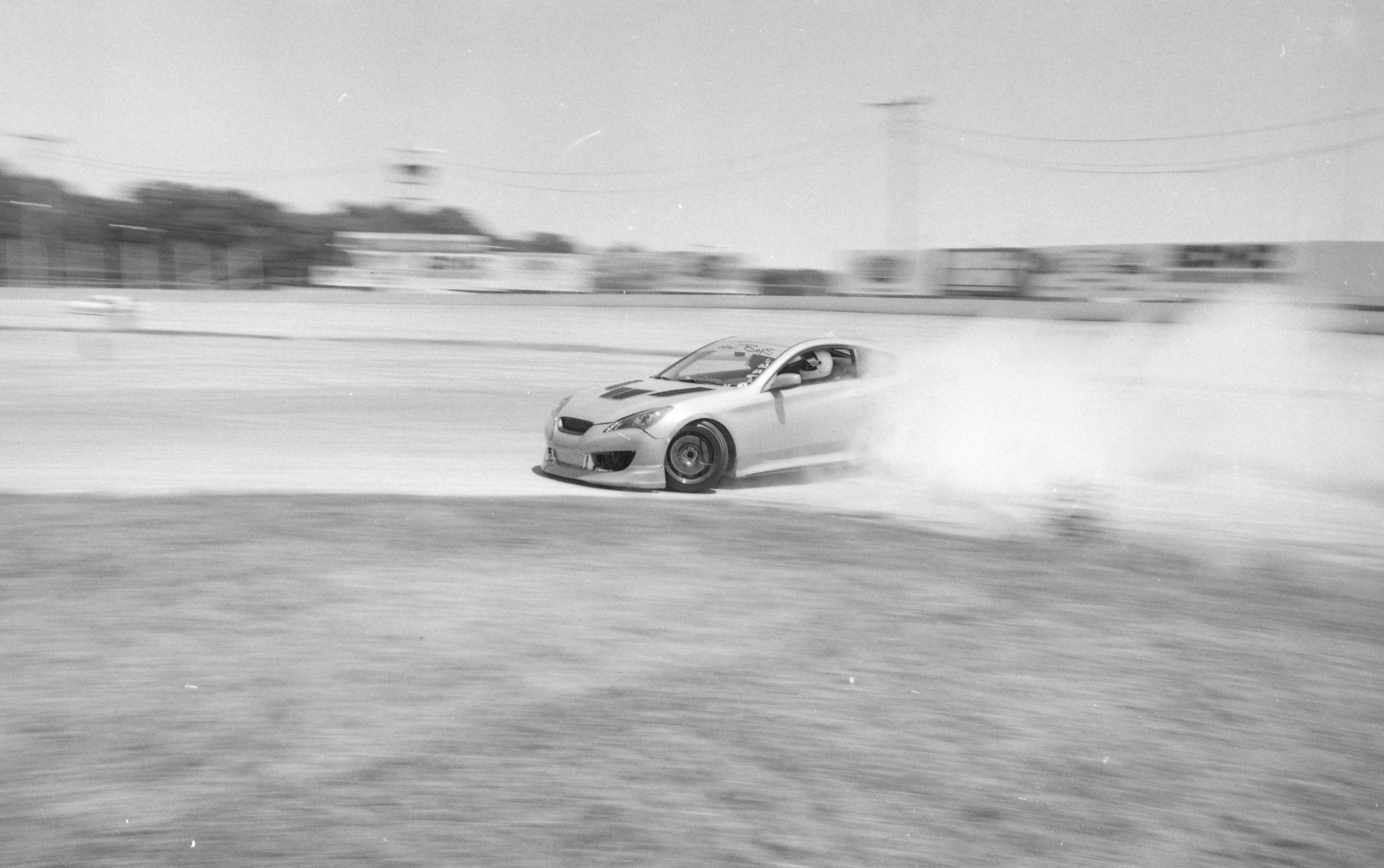
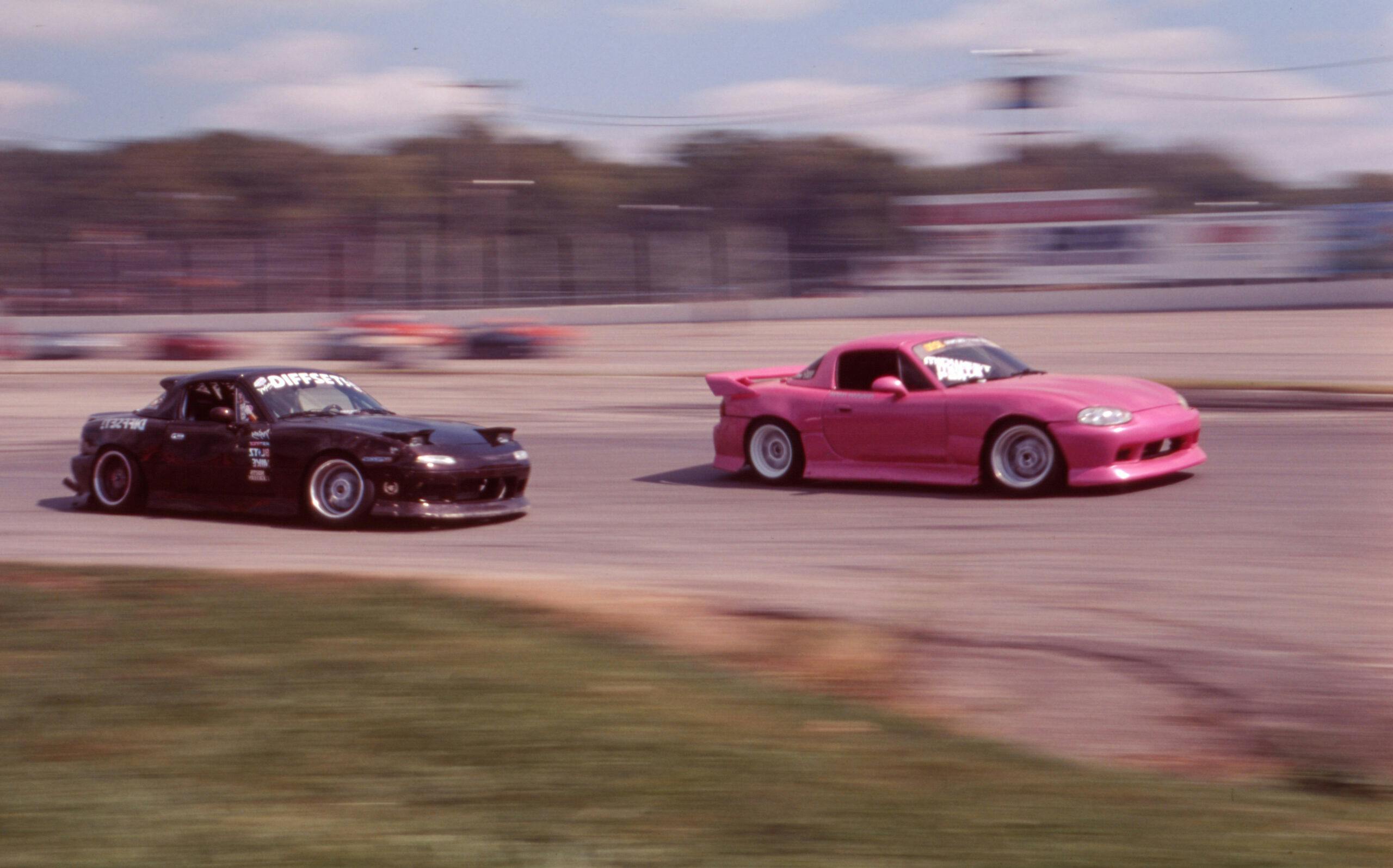
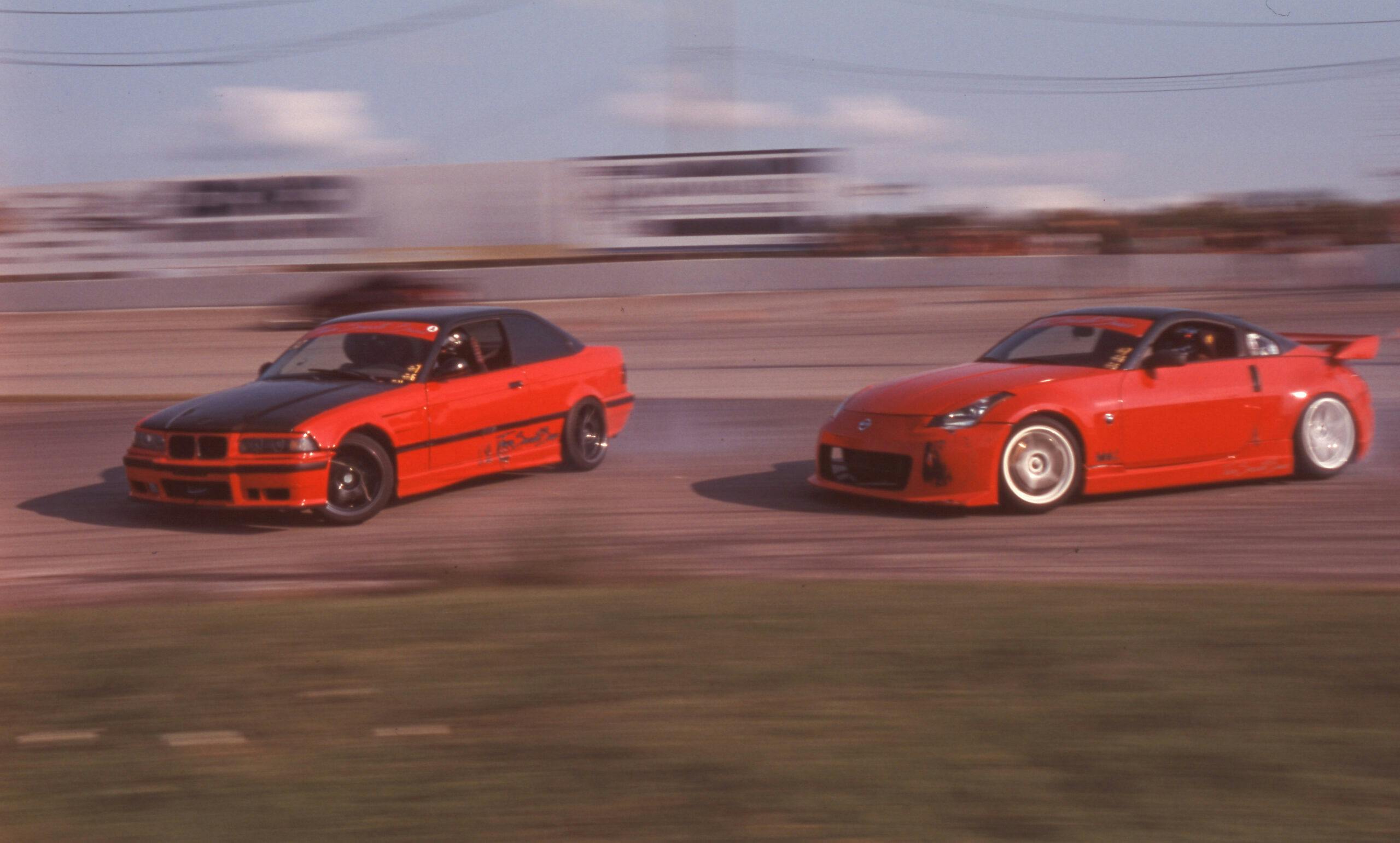
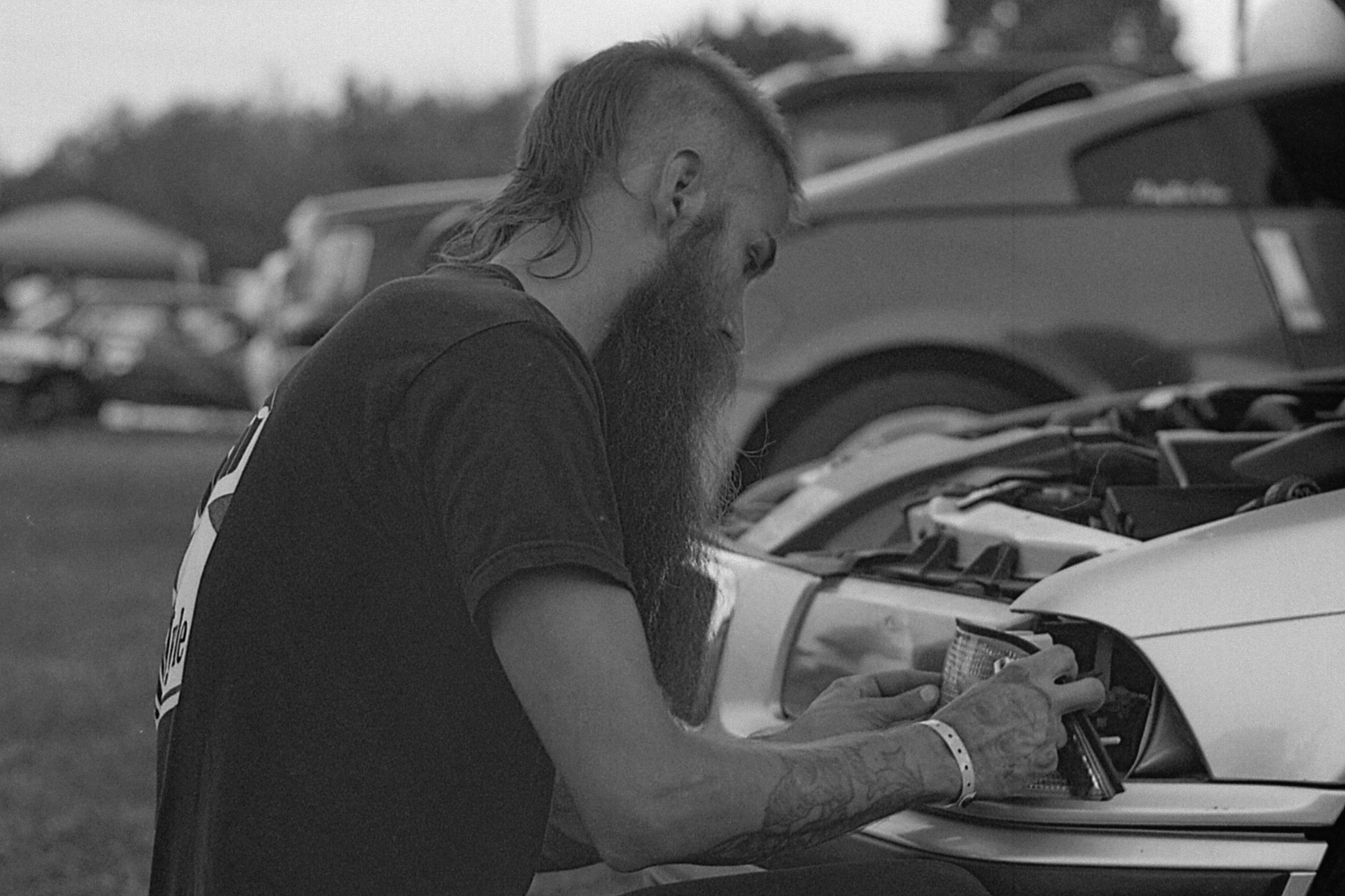
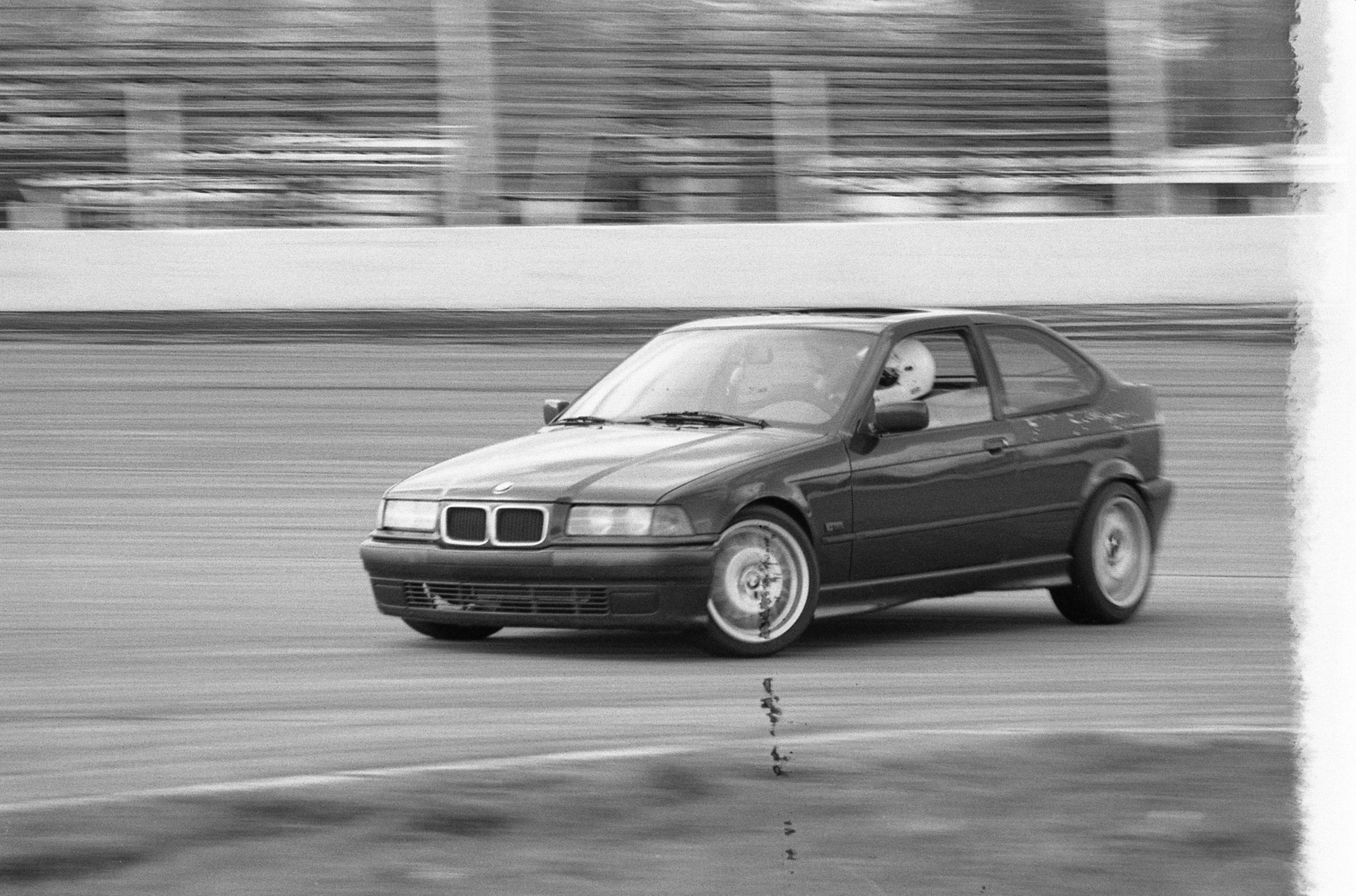
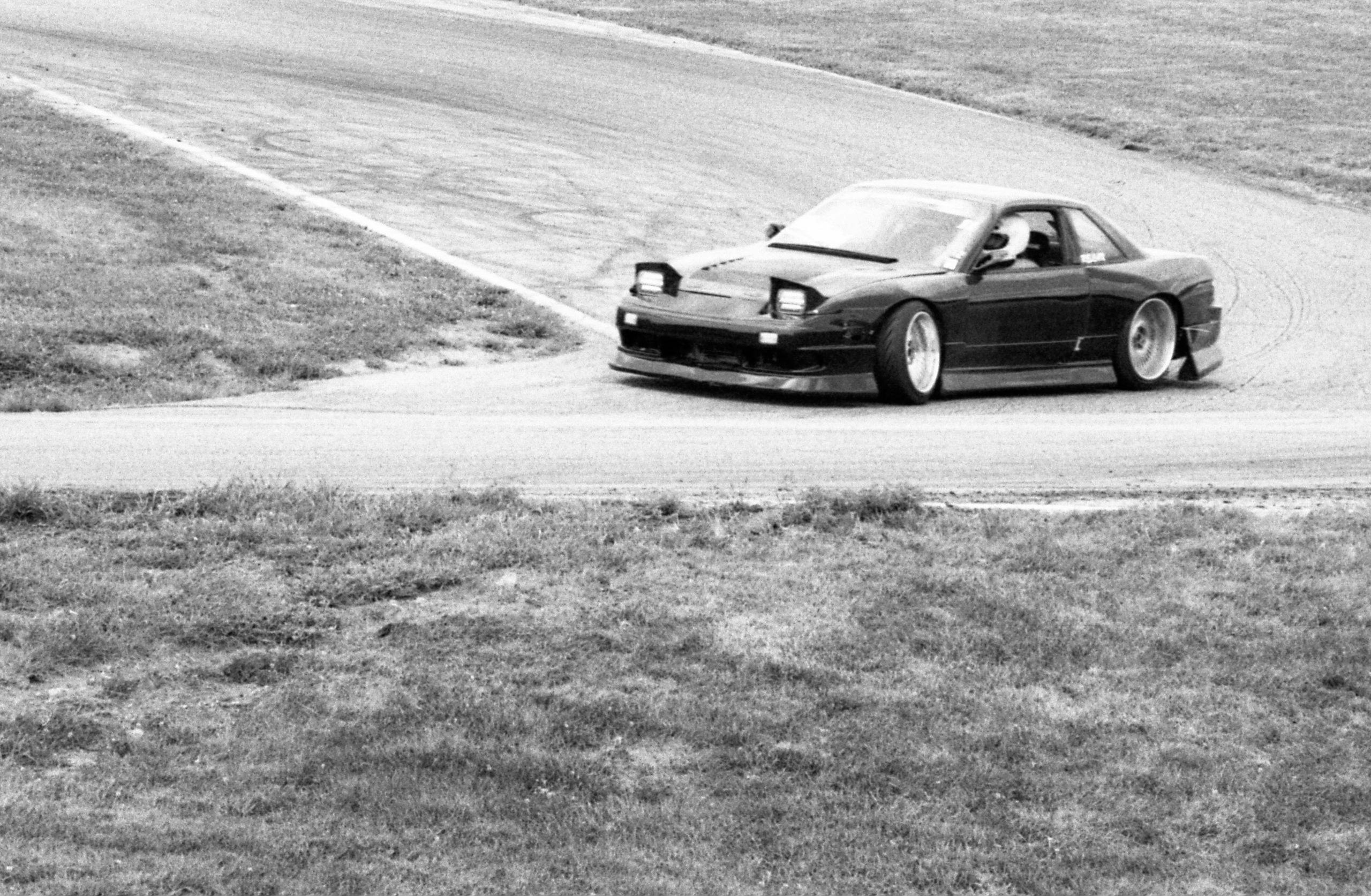
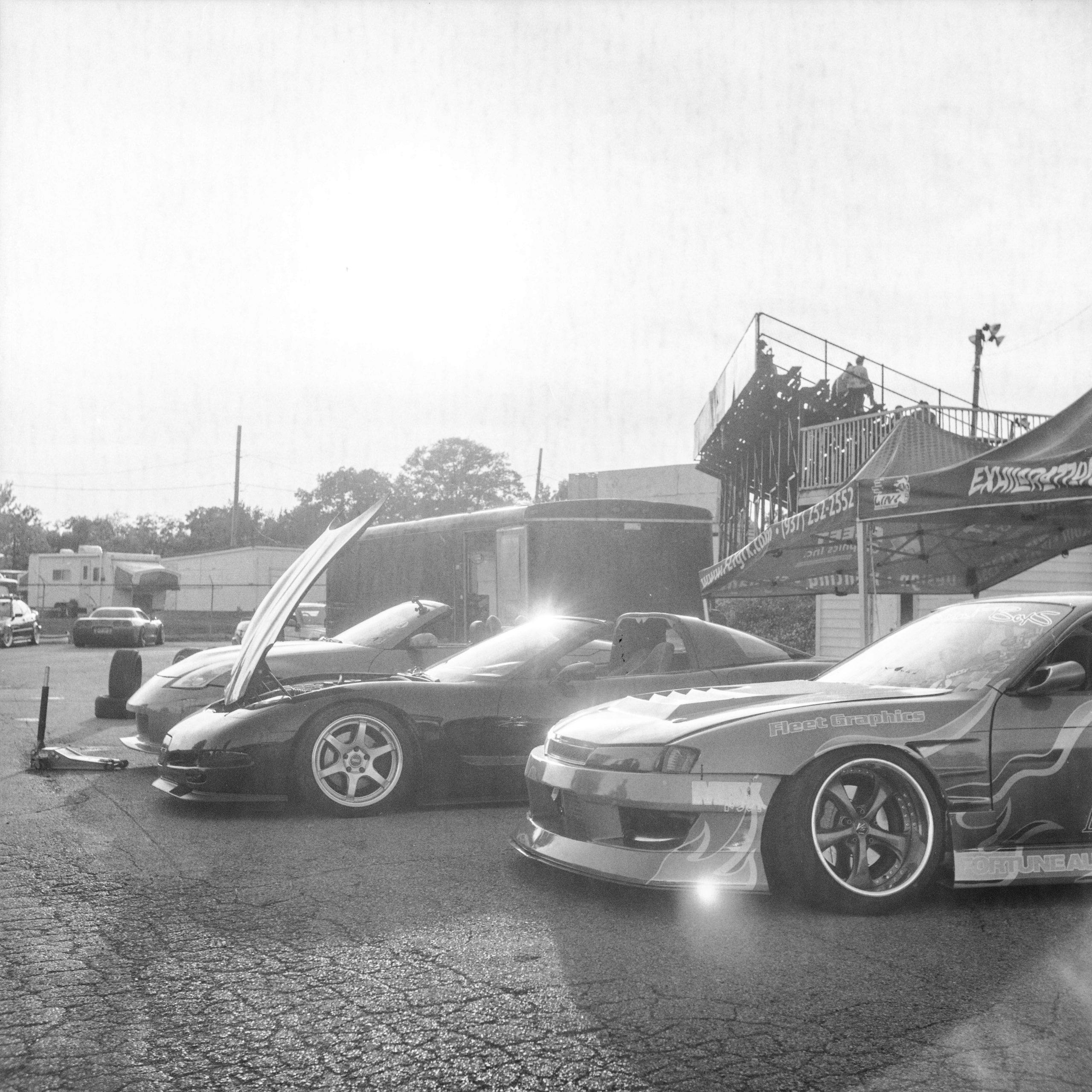
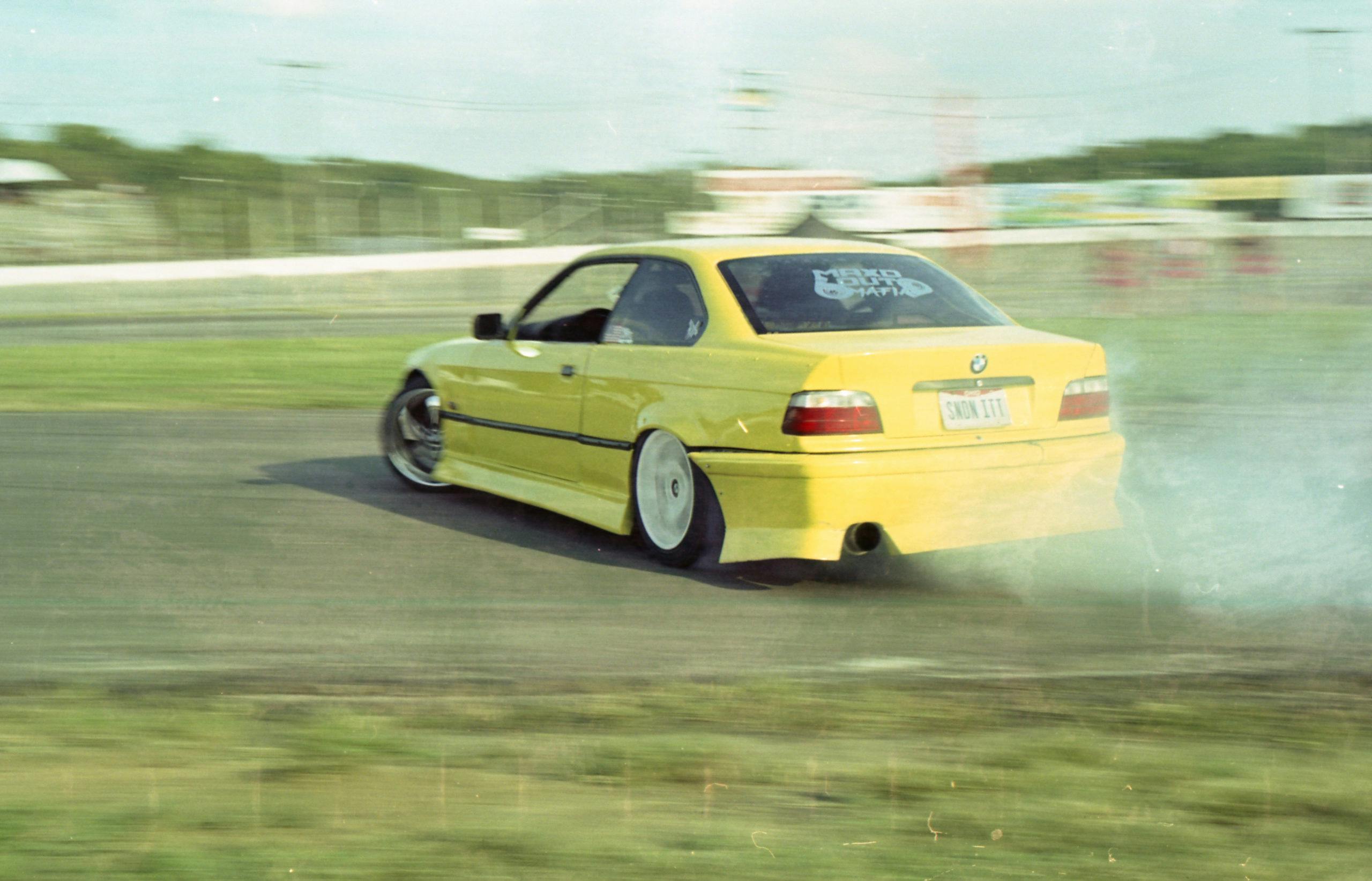
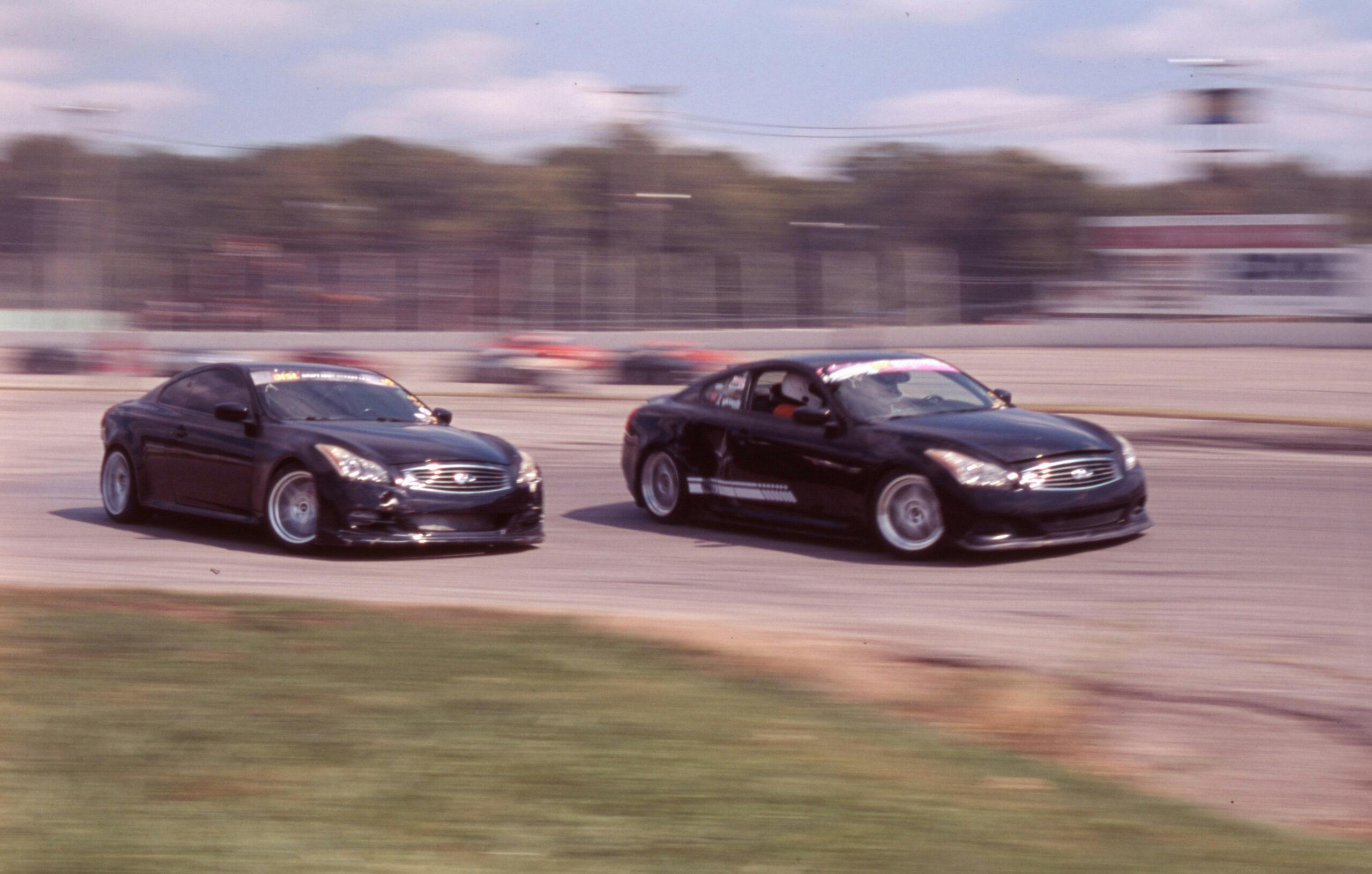
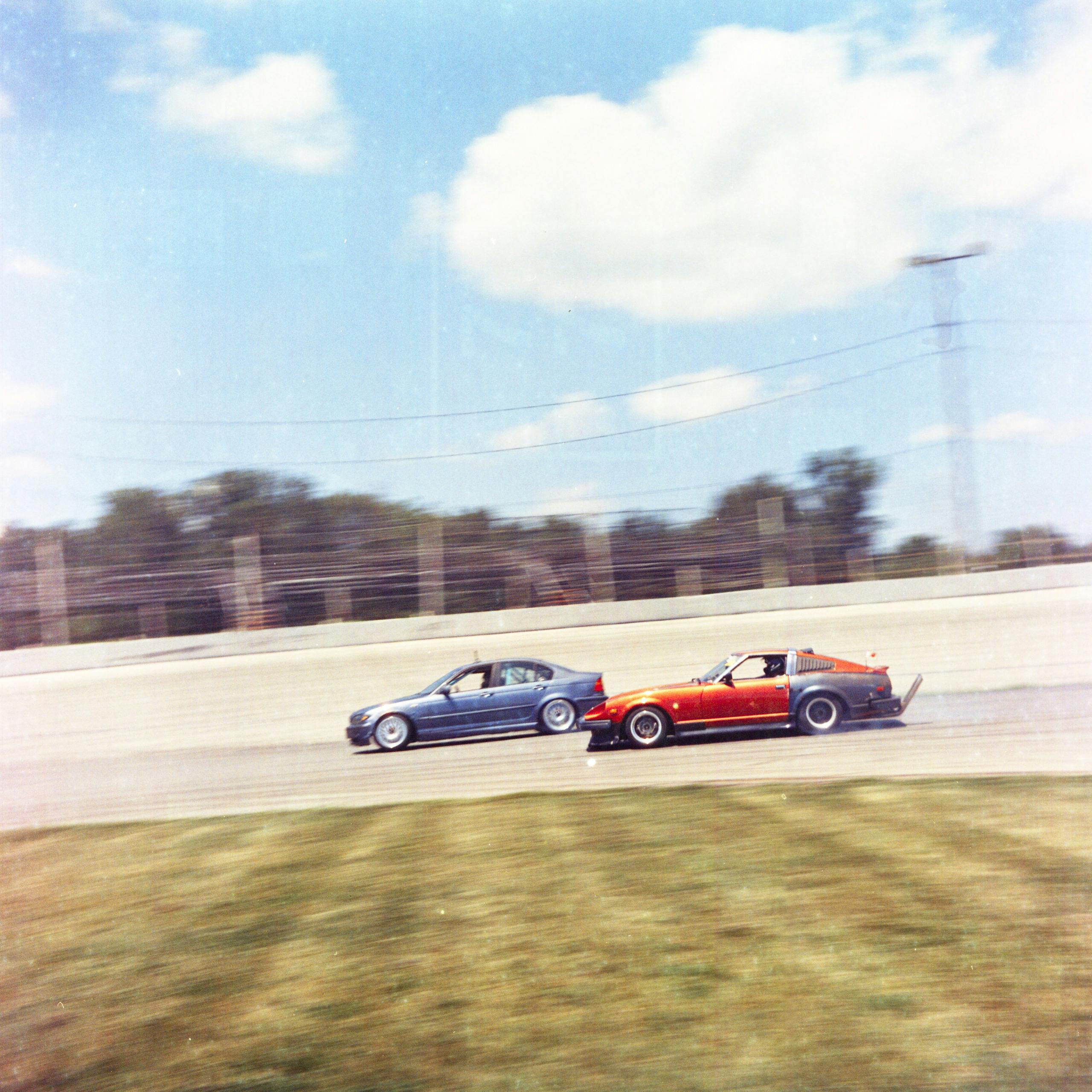
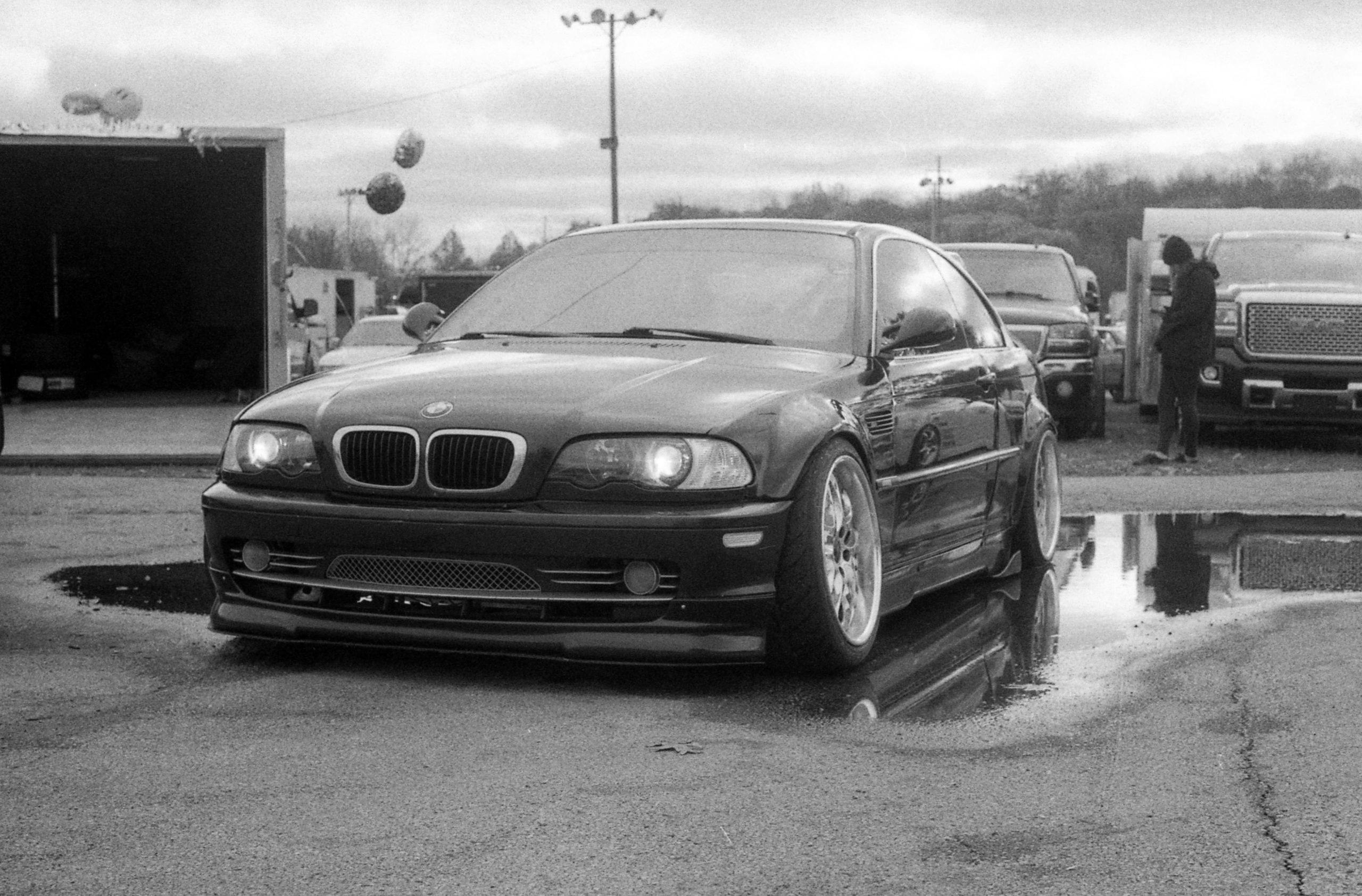

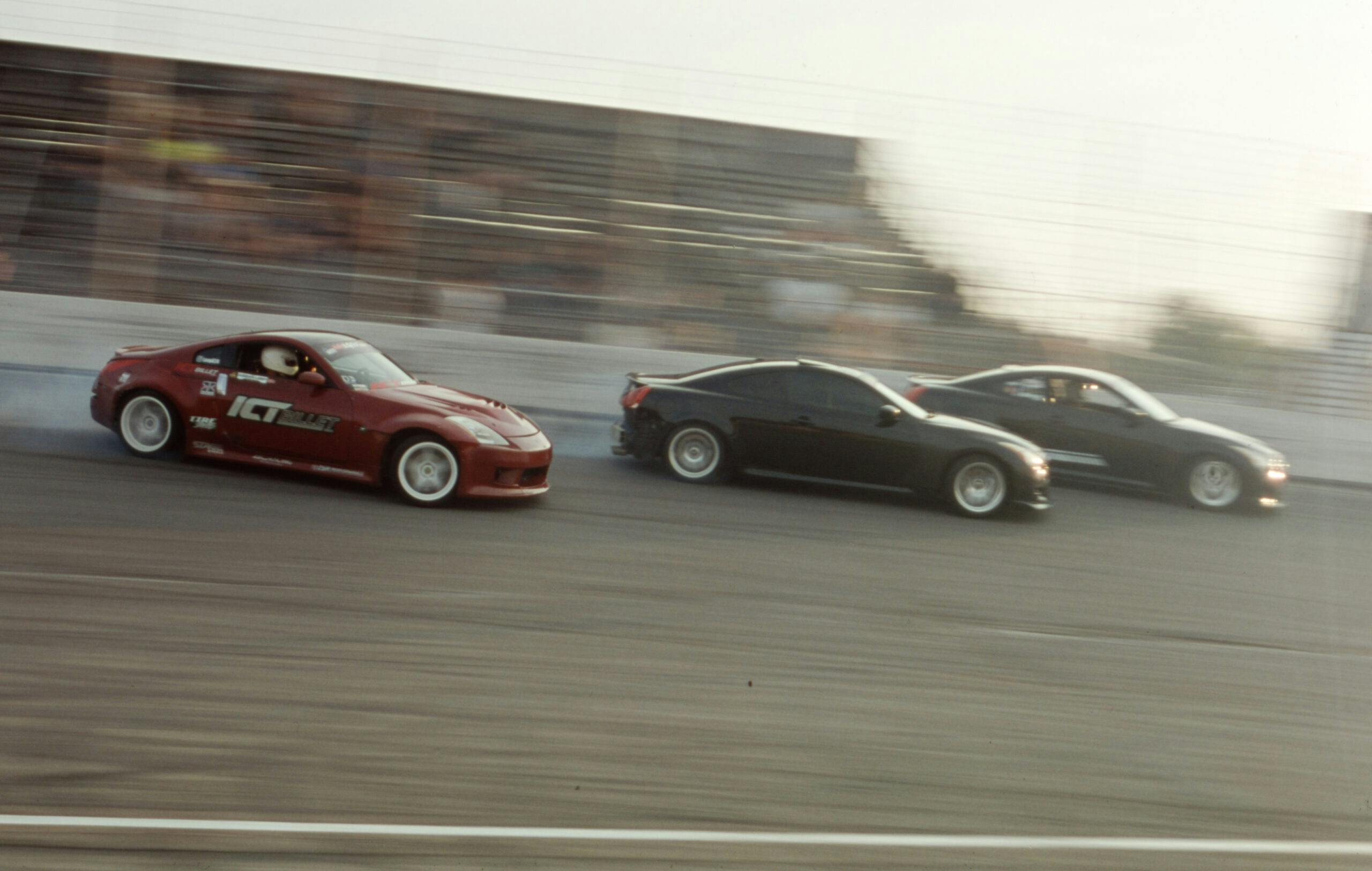
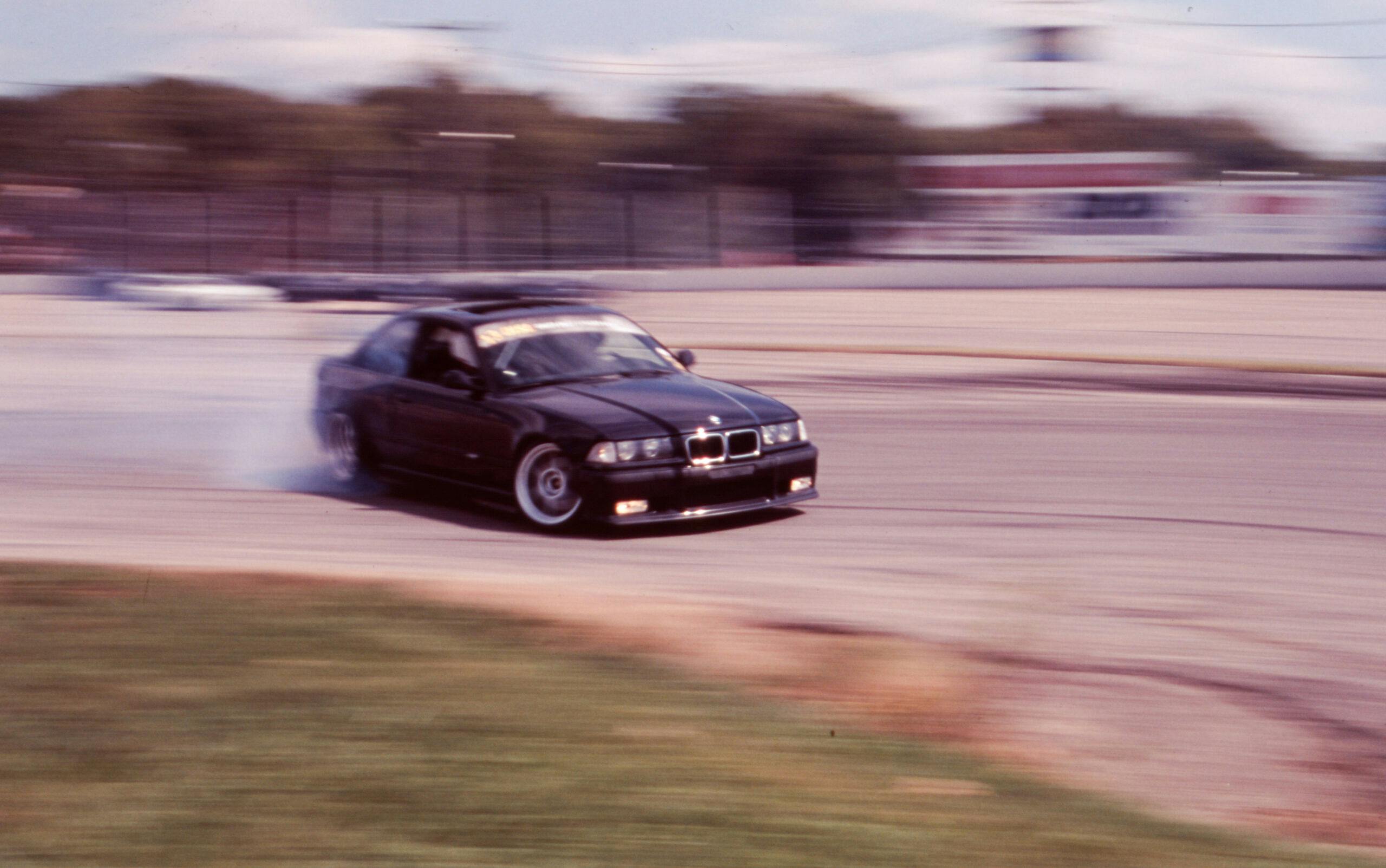
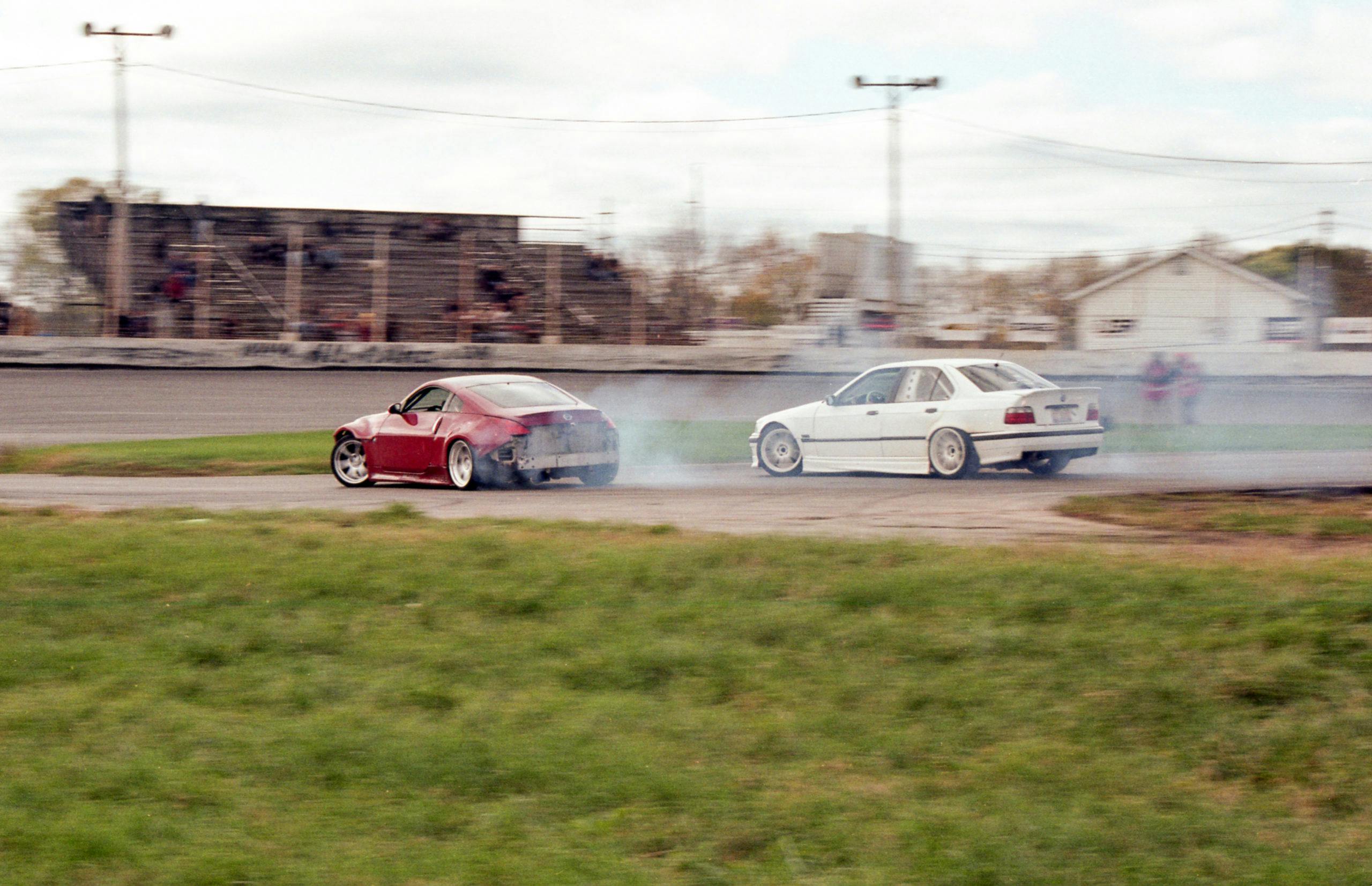

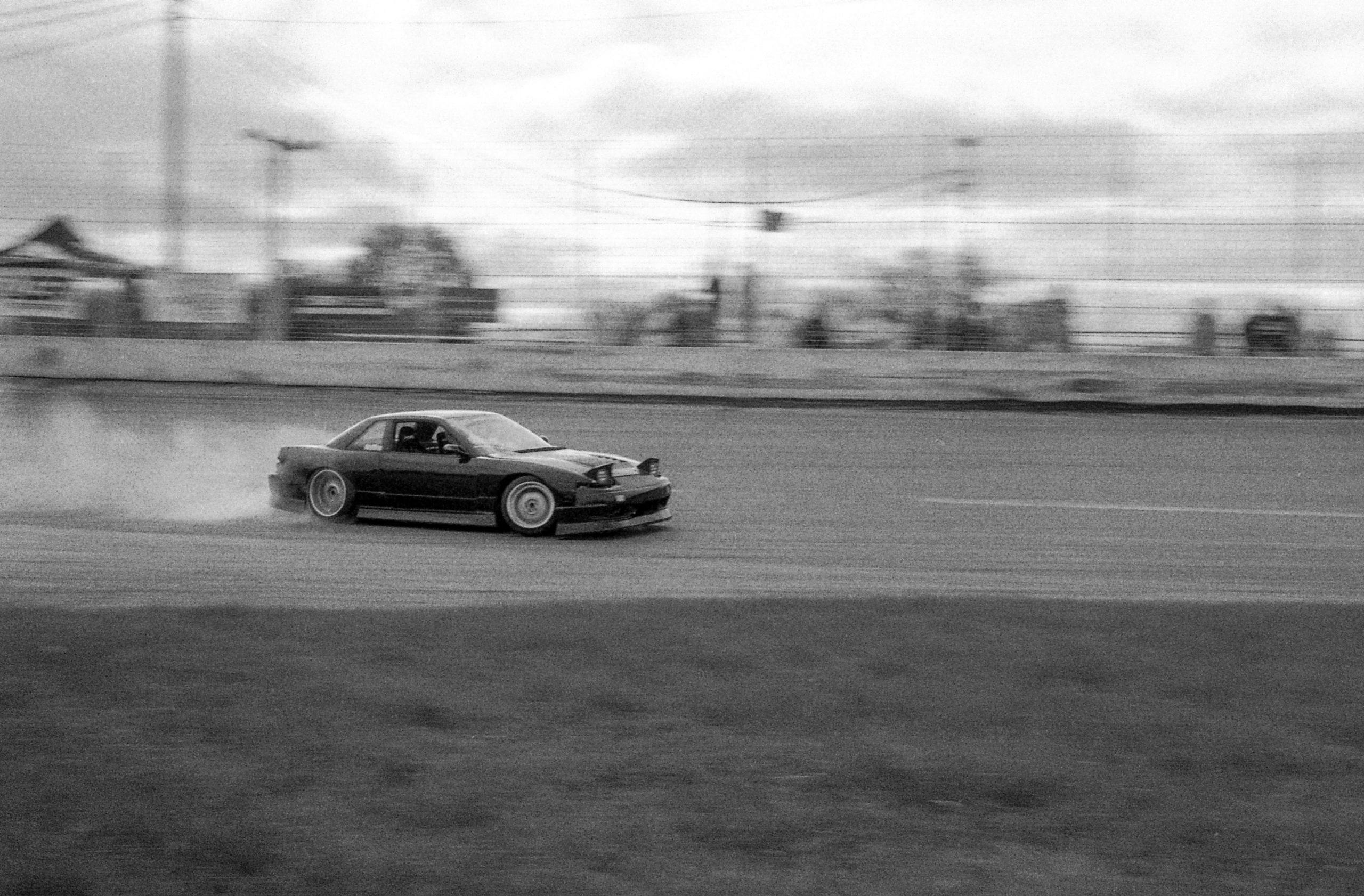



That’s great that some still like to use film. After – literally – 50 years of film photography, and countless rolls run through my Canon SLR (and assorted other 126, 110, and APS “pocket” cameras), I don’t plan on going back – digital is too cheap, easy, and usually gives better results than film. Kind of like vinyl albums (which I DO like and buy), film is today a niche product; those who enjoy using it are welcome to it, and I wish them well!
I am about to park my Canon 5D with its POS viewfinder and go back to my favorite, a pair of Pentax 645s that I used to shoot a bunch of magazine covers and automotive related articles over a 25 year period. I had them out the other day, dusting them off and checking how they run with fresh batteries.
I have not checked into getting 220 film, but 120 is available. Local processing now includes a high res CD, so I can easily view the work, though that is still no substitute for dropping the transparencies onto a light box and picking up a loop. I really miss those 6X4.5 transparencies. I am off to the local camera store to find some film, and get back to real photography.
I understand the appeal of digital photography. I was one of the pioneers in digital imaging in the medical documentation field back in the early 80s, designing systems that worked with improved video imaging for surgical endoscopy. I made the switch to digital, as soon as full frame 35 SLRs became available, but was never really comfortable with the cameras. What I found is that the reasons that I moved from 35 to medium format still existed. I just didn’t like the cameras.
Perhaps I should blow $10,000 on a digital medium format Pentax 645… Or not. I can get film. And I still can focus manually. I have skills…
Film is a style preference. it has a look and a grain that Digital does not have. However there are now plenty of good post processing plugins to give the very same style/look. But like anything else in art I say go with what you like that will deliver the results you want. i personally gave up on film and went all digital years ago. I can now take all the pictures I want and delete the ones I don’t care for later.
Refrigeration extends the life of film. However, film with an ISO of 1600 or greater does not age well. Ask me how I know!